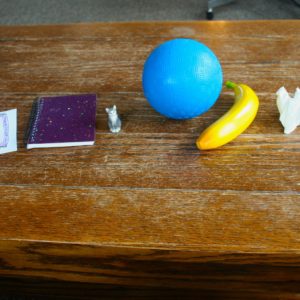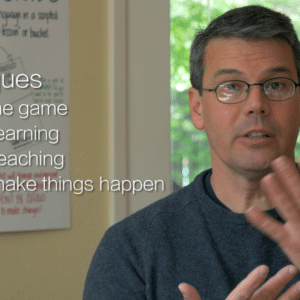In any fluency hunting environment, whether leading a game, or setting-up for a one on one with a fluent fool, you can acknowledge the human need for nutrition and comfort by feeding your mind.
“Have you eaten?” – a traditional Mayan greeting, traditional Chinese greeting.
Feeding Your Mind [formerly “do food“] is a hallowed human activity, a social lubricant, a biological requirement. Having food present humanizes spaces and attracts attendees to events (“there’ll be food there!”); it allows players to relax, to stay longer and more comfortably. Like its parent technique, Warm/Fed/Rested/Safe/Willing, it is easy to agree with while also easy to neglect. The most powerful techniques are the ones we all know, but don’t use – and everyone knows that feeding your mind works.
Feeding your mind doesn’t stop there however; for an accelerated learning environment, the bar is raised a bit higher than just providing any kind of food. Across the vast landscape of meetings and events is an epidemic of low nutrition foods: muffins, pastries, doughnuts, croissants, cookies, the apparent staples of organizational life, in spite of their well-known soporific effects. Breads, pastas, and sugars slow down mental processes (the infamous “food coma”) and divert physical attention.
After thousands of hours of game play, we’ve come to recognize certain foods as more “clean-burning”, filling stomachs without slowing minds, primarily meat, vegetables, fruits, and nuts. There is no one right answer to the problem of providing healthy food (watch out for players’ food allergies and personal or religious restrictions), but paying attention and experimenting with food that maintains the clearest and most supported mental state is a critical element of creating the set-up for accelerated learning and play.
In addition, remember to include drinks so the players can hydrate themselves. This includes options such as coffee and tea. Many games have been sabotaged because the coffee drinkers did not have their coffee fix! Be realistic and provide what players will need in order to play at their fullest ability.
Introducing the technique in language acquisition
We usually introduce this technique later, after players have led enough games that they are approaching becoming apprentices for running larger events.
Applying the technique in language acquisition
- Lunatic Fringe/the Meadow – place a food table in an outer fringe position, so that players can use it as an excuse to wander about the room and refresh themselves even if they don’t eat anything. Feed your mind is like another Meadow, another way of changing pace and scene before returning to play.
But what about…?
New game leaders may question the relevance of feeding your mind…they may seem skeptical that the extra work that feeding your mind requires is really worth the impact it may have on the learning environment. We run into this objection enough that it may simply be part of modern culture that many people have not made the connection between nutrition and an awake, alert mind – hosting traditions, such as providing a food spread for gatherings, are on the wane and part of an older generation’s culture. The only way that we have found to address this objection is to invoke tq Rules of the Game – master each technique before looking to see how to improve or eliminate them to speed up the game. After mastering this technique, players then tend to have seen enough positive results for themselves, over a period of time, that they no longer need explanations or convincing.





